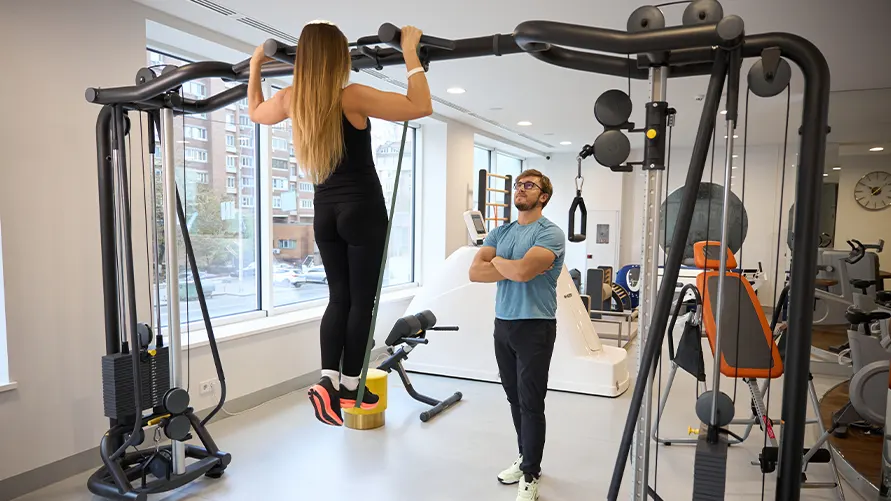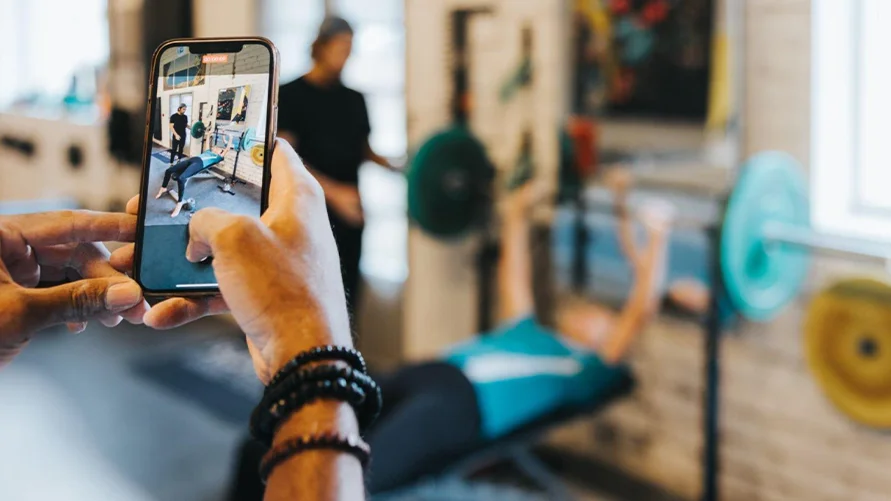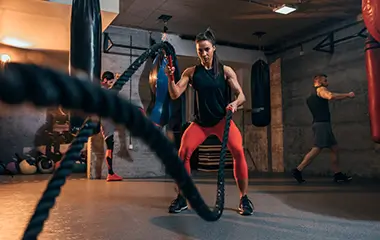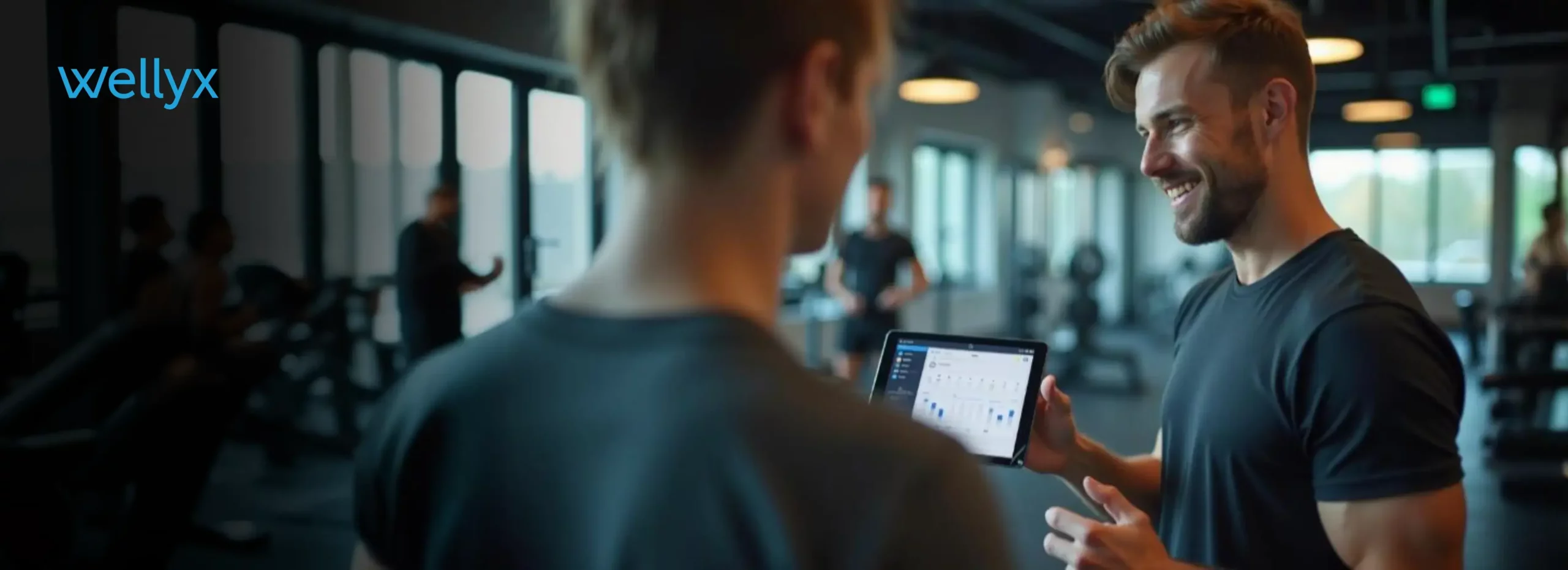If you’re a personal trainer trying to get more local fitness clients, mastering local SEO for personal trainers is what will set you apart. When someone nearby searches “personal trainer near me” or “best fitness coach in [your city]”, local SEO decides whether your business appears or disappears from those results. It’s not about fancy marketing tricks; it’s about being visible where your clients are already looking.
Many trainers build great websites but still struggle to get noticed. That’s because visibility depends on how well your business is optimized for local search. Whether you train clients in a gym, at home, or offer hybrid sessions, a smart local SEO strategy helps new clients find you without spending extra on ads.
What local SEO does for personal trainers
Have you noticed how most people find trainers and their favorite stores online? They browse on Google. They don’t drive around looking for a studio anymore. They search online. Usually, it is something like “personal trainer near me” or “best weight loss coach in [your city]. If your business doesn’t show in those local searches, you’re missing the easiest leads you could ever get.
And in case you’re still wondering about what local SEO does, it builds visibility within your community. It tells Google that you’re not just any trainer; you’re a local expert with real presence and credibility. When your name appears in Google Maps with positive reviews and up-to-date information, potential clients are more likely to contact you. That’s what local SEO does best. It connects your business with people nearby who are ready to book.

Optimize your Google My Business profile (GMB)
The first and most important step is your Google Business Profile (previously Google My Business). It’s free, and it’s where most clients first see your business online. Make sure your profile includes accurate details: your business name, address, phone number, website, and hours. These details should match exactly what’s listed on your website and social media pages.
Upload real photos of your training sessions, transformation stories, or even a short introduction video. Use your description section wisely. Mention services like “personal training in [city]” or “fitness coaching near [area name].” This helps Google associate your business with local searches.
Encourage happy clients to leave reviews. Positive feedback not only builds trust but also boosts your visibility in local results. Always reply to reviews, even the negative ones, because engagement signals reliability to Google.
Build location-based pages and local content
One mistake many trainers make is keeping all their services on one page. That doesn’t help much with local SEO. Instead, create separate pages for each area you serve. For example, one for “personal training in Downtown [city]” and another for “in-home workouts in [neighborhood]”.
You can also write blog posts about your local fitness community. Share lists like “Top running routes in [city]” or “Healthy meal prep spots around [neighborhood]”. This kind of content helps Google understand your connection to the local area and positions you as someone who’s part of the community.
That’s where the best SEO for personal trainers overlaps with local strategy. It’s not just about adding keywords: it’s about building relevance and authority through genuine, location-aware content.
Smart keyword use
Keywords are still important, but how you use them matters more. Instead of stuffing them everywhere, focus on intent.
Think like your client does when searching online. What would they type into Google when looking for a trainer nearby? It might be:
- Strength coach in [city].
- Personal trainer for beginners [area].
- Weight loss program near me.
Include these phrases naturally in your site’s titles, headings, and paragraphs. Add them to your image names and meta descriptions, too. Internal linking also helps. Connect your blog posts to your main service pages so users and search engines can easily navigate your site.
Keep your business information consistent
Google relies on consistent information to verify your business. Your Name, Address, and Phone Number (commonly called NAP) should look the same everywhere online: on your website, Google profile, social platforms, and directories.
Submit your business to credible local directories like Yelp, Bing Places, or fitness-specific sites. These listings, called citations, help strengthen your authority in the eyes of search engines. If your information isn’t consistent, it can actually hurt your rankings.

Build local partnerships and backlinks
If you want to go beyond the basics, start building relationships with local businesses. Backlinks from local websites are one of the strongest ranking signals for local SEO. You could collaborate with a nearby gym, wellness cafe, or physiotherapist and exchange links or write a guest article for each other’s blogs.
If your name appears on local fitness directories or city blogs, it tells Google you’re a trusted figure within your area. These links don’t just improve rankings; they also bring real visitors who are interested in local training options.
Make your website mobile-friendly and voice-ready
Most people searching for a personal trainer are doing it on their phones, often while commuting or on lunch breaks. Your website needs to load quickly, look clean on mobile, and make it easy to contact you.
Also, consider how people use voice search now. They might say, “Hey Google, find the best personal trainer near me.” Using natural language in your content helps Google match your site with those voice searches. When your writing feels conversational and straightforward, it’s easier for voice assistants to recognize and rank it.
Keep tracking and improving
Local SEO isn’t a one-time fix. It’s something you adjust and improve over time. Use Google Analytics and Search Console to see which search terms are driving traffic and which pages people visit most. Tools like BrightLocal or Moz Local can help you track rankings, find citation opportunities, and measure progress.
The goal is not just to rank higher; it’s to stay visible and relevant as your local competition grows. Update your Google profile regularly with new photos or offers. Refresh old content with updated information or client success stories. Every small update helps you stay active in Google’s eyes.
Final words
Getting local clients does not always require expensive ads or complicated marketing. Sometimes, it just takes doing the right things consistently. When your website, Google profile, and local listings all tell the same story, search engines begin to trust your business more, and so do clients.
Local SEO for personal trainers is about more than ranking higher; it is about showing up when it matters most. When someone nearby is ready to take their fitness seriously, you want your business name to be the one they see first.
And if you’re wondering about the best SEO for personal trainers, it’s simply this: be relevant, be consistent, and be local. The rest will follow naturally.





